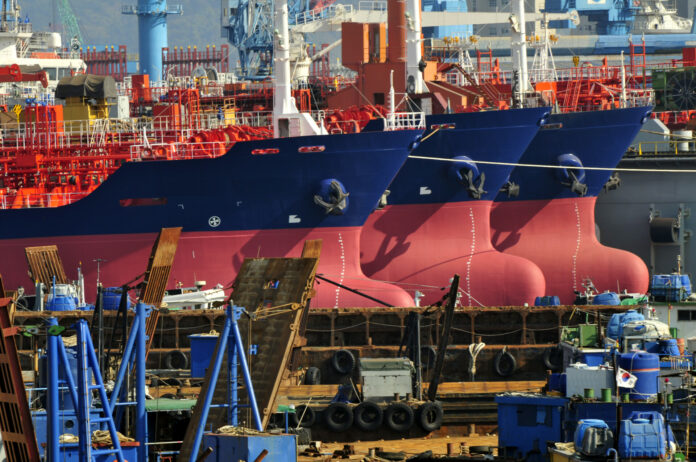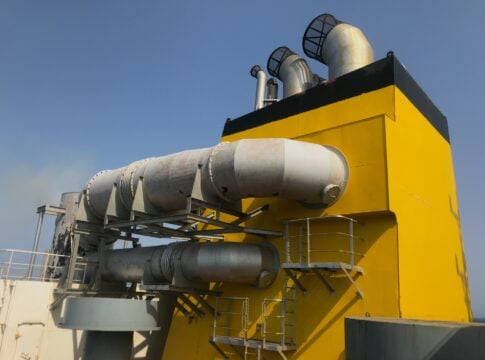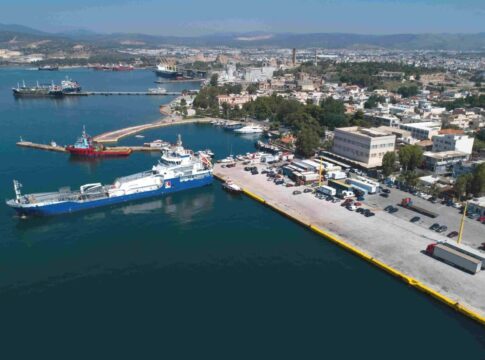The steady decline in global shipbuilding capacity over the past two decades makes it even more difficult for the shipping community to meet green emission reduction targets.
After the great financial crisis, a significant decline in the number of active shipyards internationally is recorded year after year. From 700 in 2007, yards with activity fell to just 300 in 2023, according to freight brokerage Intermodal’s latest weekly report.
These shipyards will be asked to build around 3,500 ships every year until 2050, analyst Hara Georgousi said, adding that this has not happened since 2010, when 2,700 ships were built annually (based on UNCTAD data).
At the same time, “the majority of the world’s shipbuilding capacity is concentrated in a few key groups in China, South Korea and Japan,” Georgousi noted.
This means that environmental guidelines, energy-saving innovations and the shift to alternative fuels reinforce the dependence on a specific group of manufacturers.
“As a result, smaller yards find it difficult to secure orders, putting additional pressure on larger yards that are fully booked for several years,” she added.
It is noted that the largest shipyards in Asia are faced with a heavy workload and offer delivery times that extend beyond 2027, while shipyard cost, which has skyrocketed in recent years, is another important issue. And this is an industry that is already faced with a number of operational challenges “including technological limitations and high upfront costs for sustainability. Economic volatility and supply chain issues make the whole situation even more complex,” Georgousi stated.














